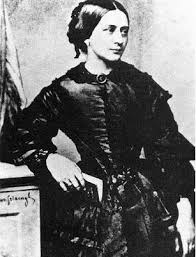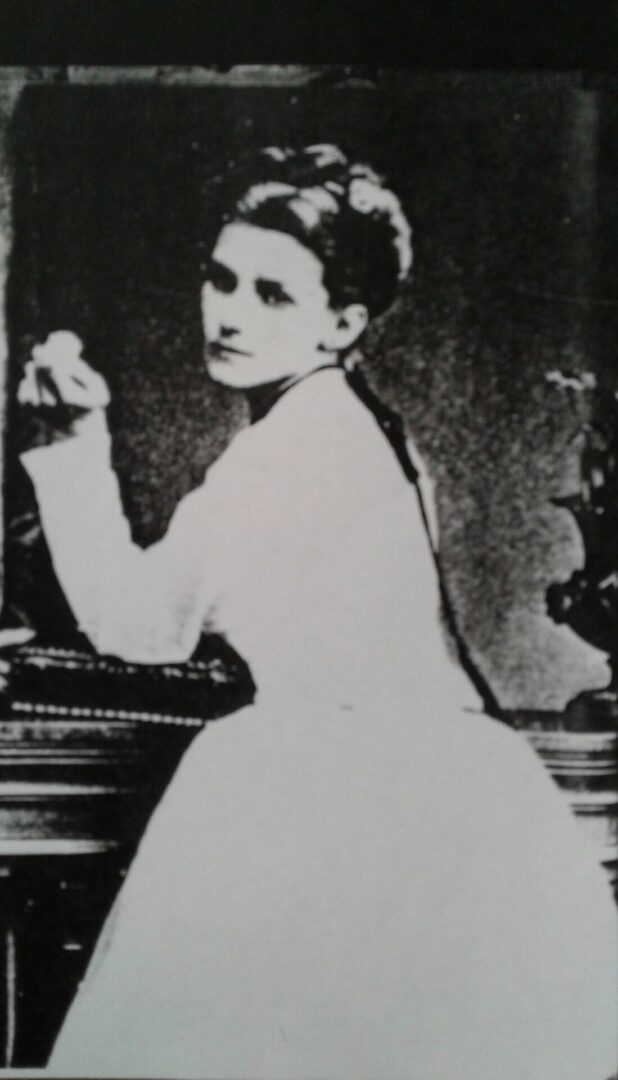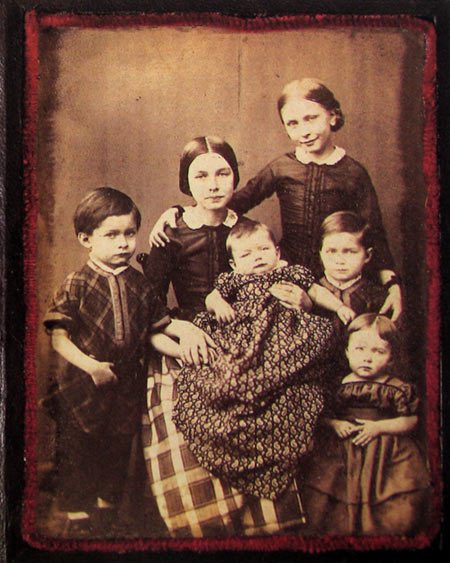Clara Schumann



Clara Schumann (1819-1896) made her name twice on the concert circuit, first as a child prodigy—then, after her husband had been incarcerated in an asylum (1854), dressing to the end of her life in black, as the widow of a living man. She was the woman not only behind her husband, but also behind Brahms. Both composers would have been hamstrung without her wind in their sails. She also suffered 2 miscarriages, was the mother of 8 (all but 3 died before her), and pregnant with her last child when Robert entered the asylum, saddling her with medical fees and the care of 6 children. Admirers sent money, but she sent it back, not wanting the wife of Robert Schumann to appear indigent—and, pregnancy be damned, began a grueling tour of concerts to pay for everything.
“Four stagehands stood in the wings watching the woman in black deliver the last thunderous chords of Beethoven’s E flat Concerto, followed by applause no less thunderous. The woman rose from the piano, bowed, and swept like a ship of state from the stage only to collapse like a sack in a chair out of sight of her audience. She made no attempt to hide her streaming eyes and shining cheeks, but held her hands to her throat as if she were choking, shoulders jerking, breath coming in long rattles and clicks.
“The stagehands looked at one another, one ran to get a glass of water, but the woman never noticed; she stroked her throat downward continually with both hands to her breastbone until her breath was regular again; she wiped her face with a lace handkerchief, rose from the chair, adjusted her black satin gown, and sailed back toward the stage to continue her program.”